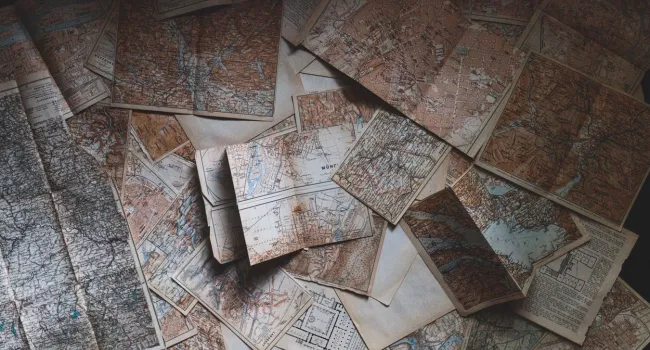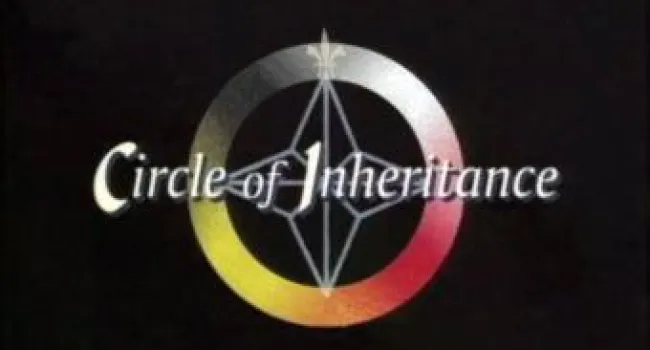
Lesson
Students build model beaches and use waves to simulate coastal erosion, observing how it disturbs and destroys archaeological sites. They then explore engineering solutions to reduce erosion and...
Grade(s): 8
Subject(s): Social Studies
Year: 2019

Lesson
Students build model beaches and use waves to simulate coastal erosion, observing how it disturbs and destroys archaeological sites. They then explore engineering solutions to reduce erosion and...

Lesson
This lesson explores heritage tourism, how it can preserve historical sites like Fort Frederick, and challenges students to brainstorm creative ways to promote such locations for future generations...

Lesson
Students will learn about Fort Frederick's history, built by the British with a unique tabby material, and then engage in a hands-on activity to explore the challenges and importance of this...

Lesson
In this lesson, students will explore the rich history of Fort Frederick Heritage Preserve by examining a documentary film, creating a visual timeline of key events, and reflecting on the significance...

Lesson
Students will examine the principle of stratigraphy by building an edible archaeological site.

Video
The Catawba Indian Nation is the only federally recognized reservation in the state of South Carolina. The Catawba people have lived in the Piedmont region for over six thousand years, and today...
Photo
Mann-Simons Partial Family Tree Mann-Simons Family Portraits Case of Excavated Artifacts, Including A Rubber "Bouncy" Ball Photograph of John Lucius Simons, Sr.'s Sons: John Lucius Simons, Jr. (Left)...
Lesson
Ever wonder what it would have been like to live in the 1700s? How did the settlers hear about our great state of South Carolina? Today, you will begin a five day journey into the past where you will...

Lesson
Mark Catesby explored the British colonies of North America beginning in 1712 during a visit to his sister in Virginia. Fascinated by the plants and animals that inhabited a landscape filled with both...

Lesson
In this lesson students will be learning about the “struggle for power” between the Spanish, French, English, and Native Americans for South Carolina. The teacher will emphasize that each group had...